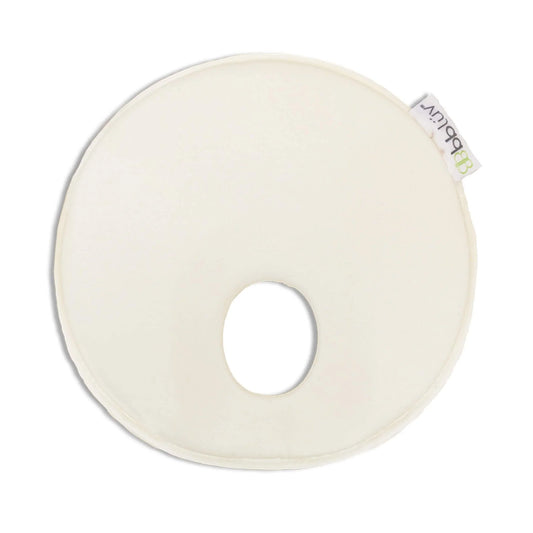Step-by-step guide to creating a bedtime routine for your baby
Your little one's world is filled with so much action and stimulation that bedtime can be a boring and difficult process for them. By creating a consistent sleep routine, you give your baby security and peace of mind when it comes to putting them to sleep, as they will be able to predict what's coming next. Plus, you can turn that time of day into a special time for you and your child, rather than a nightmare.
Routine to get your baby to sleep in 11 steps
While the most important thing in the first few weeks of your baby's life is to establish breastfeeding, around the fourth week, you can already begin to implement a routine before putting him to sleep.
First of all, don't overcomplicate things! Establishing a bedtime routine for your baby doesn't have to be anything elaborate or complex. The most important thing is to always do the same thing , in the same order , and in the same place .
Here is our suggestion:
-
Look at your baby's sleep windows based on his or her age to determine what time you should put him or her to bed at night.
-
Turn off all electronic devices two hours before bedtime, as they negatively interfere with your child's melatonin production.
-
Reduce the intensity of stimuli and play an hour before putting your baby in his crib or bed.
-
Give your baby a warm, relaxing bath to help the process along before bedtime.
-
Create a pleasant, cool atmosphere in the room, with a good temperature and dim lighting. You can already use the Mini Rest® - white noise and nature sounds machine and put a diffuser with a drop of lavender essential oil, but be careful to do it safely.
-
Put a new diaper on him. It may be a size larger so that he doesn't wake up too early because of an old diaper.
-
Give him a gentle massage with moisturizing cream so that he gradually enters a state of relaxation.
- Dress your baby appropriately for the season, the temperature of the room, and his age. This can be pajamas, a sleeping bag, or a swaddle. We recommend using a sleeping bag or swaddle both during the day and at night, as your baby will positively associate it with bedtime.
-
Give her milk if you feel it is necessary . This is optional, as some babies do not drink milk before bed and that is okay! But make sure you are giving her a good daily caloric intake to avoid waking up in the middle of the night or in the middle of the night.
-
You can sing a song, talk softly to him or tell him a story, but no tickling before bed!
- Completely darken your baby's room, as light stimulates your baby's brain and inhibits the production of the hormone that helps him sleep: melatonin. A dark environment for both your baby's naps and nighttime sleep can make a big difference, especially if you have trouble with short naps or waking up too early in the morning. Complete darkness only applies if your baby is able to differentiate between day and night , which usually happens around 2 months of age. However, by the fourth week, your baby is already able to recognize a routine that helps him fall asleep.
The earlier you implement a bedtime routine , the sooner your little one will learn to identify that sequence of events as bedtime.
Remember to adapt to your family's needs, but always respect your baby's needs. At the same time, be flexible and allow yourself to make exceptions.
We love the 80-20 rule . 80% of sleep and routines happen at home in an orderly fashion, and 20% of the time you can break the rules, such as putting your baby to bed later if you're on vacation or skipping routines to go to the beach.
Remember that not all babies are the same and this guide is just a suggestion. If you already have a routine for getting your baby to sleep and it works for you, then don't change anything.









